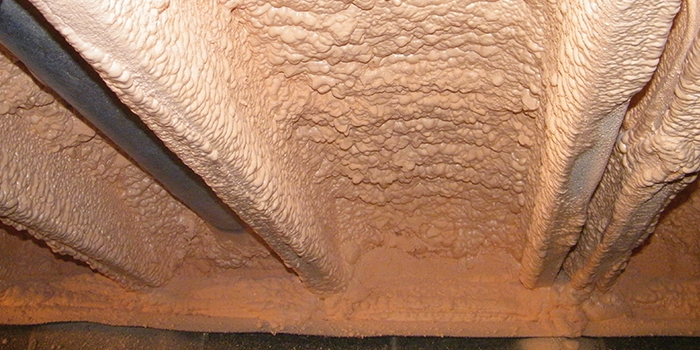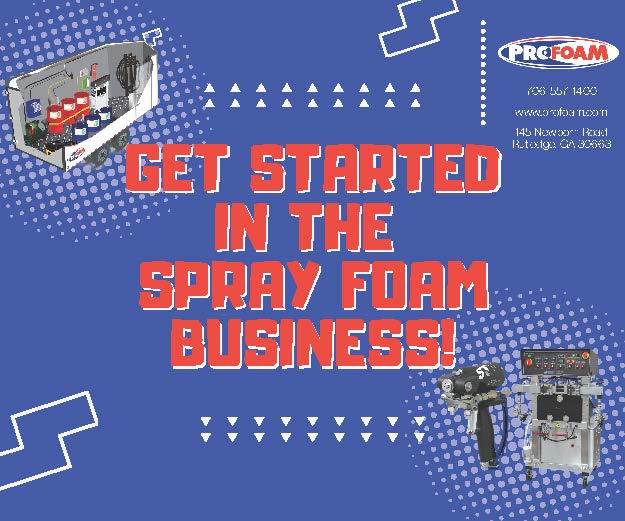
Crawl Space Insulation

Back to Education Center | Homeowners' Guide
Properly Insulating and Sealing Your Crawl Space
A properly insulated and sealed crawl space is one of the fundamental elements of a comfortable, healthy home. Crawl spaces have long been insulated with fiberglass batt insulation, but modern building science reveals the downsides of that practice. Ideally, crawl spaces should prevent air from infiltrating a home, so as to reduce drafts and improve air quality. Spray foam insulation can provide a more uniform, consistent thermal barrier as well as provide an air and moisture barrier.
Problems with Fiberglass
Fiberglass batt insulation cannot control or prevent the movement of air or moisture because it is a porous material. So even if your crawl space is supposedly properly insulated with batts, they will not prevent air from leaking out of or infiltrating the living space of your home. If the crawl space in your home is not fully sealed, there is a strong likelihood that airborne contaminants, mold, rodents, and more can enter your living space.
Batt insulation is often compressed during installation due to the use of wire insulation hangers. Open web floor trusses create additional problems such that they create pathways for air to move around the batts. During the summer, warm and humid air can flow around the batts and create condensation, mold and decay problems in the floor system. Open web floor trusses are virtually impossible to adequately insulate and seal with batt insulation.
The Spray Foam Solution
Spray foam insulation in the crawl space is a superior insulation product that overcomes several disadvantages of other insulation products. Spray foam circumvents typical insulation problems through its ability to completely fill voids and open spaces, resulting in a complete, essentially uniform thermal barrier.
Spray foam insulation installed between your floor joists in your crawl space is the only material that will create an effective thermal barrier from penetrations like wiring, plumbing, ductwork, and imperfect joist spacing. Closed-cell spray foam will also serve as an effective moisture barrier between the ground and a home’s subfloor surface. Controlling the presence of moisture in a home is critical to preventing the potential for mold growth.






